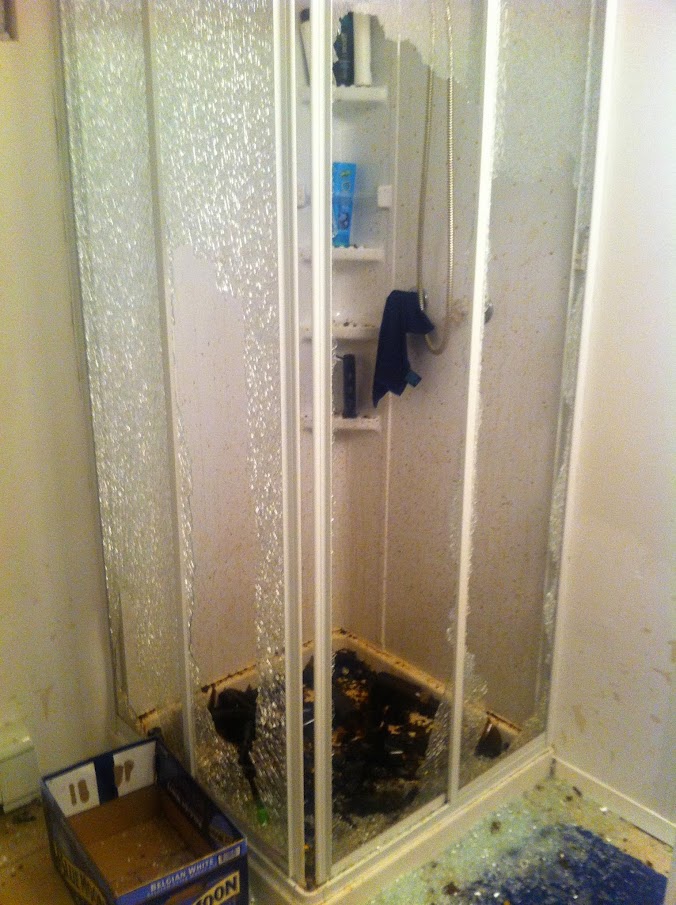BitterSweetBrews
Tim Trabold
I was gone yesterday helping some friends brew. When I got home I went downstairs into my brewery where I had about 38 bottles, I had filled about a week ago out on a table. I found that four bottles had exploded. It was a mess, liquid and glass was everywhere. Not wanting any more wasted beer I came up with a plan and had to work fast.
To fix the issue I decided to let some pressure out of the bottles by slowly prying up a corner of the crown cap until some co2 was released and some foam escaped. I did this in a tub to catch any released foam. I resealed them with my capper to make sure they sealed again. I did the same thing today for a second time. Tonight I opened up one of the bottles and drank it. When I opened it, it no longer overflowed the bottle and the carbonation was acceptable. Thankfully it tasted good. I think I must have added too much priming sugar.
To fix the issue I decided to let some pressure out of the bottles by slowly prying up a corner of the crown cap until some co2 was released and some foam escaped. I did this in a tub to catch any released foam. I resealed them with my capper to make sure they sealed again. I did the same thing today for a second time. Tonight I opened up one of the bottles and drank it. When I opened it, it no longer overflowed the bottle and the carbonation was acceptable. Thankfully it tasted good. I think I must have added too much priming sugar.













































![Craft A Brew - Safale S-04 Dry Yeast - Fermentis - English Ale Dry Yeast - For English and American Ales and Hard Apple Ciders - Ingredients for Home Brewing - Beer Making Supplies - [1 Pack]](https://m.media-amazon.com/images/I/41fVGNh6JfL._SL500_.jpg)












